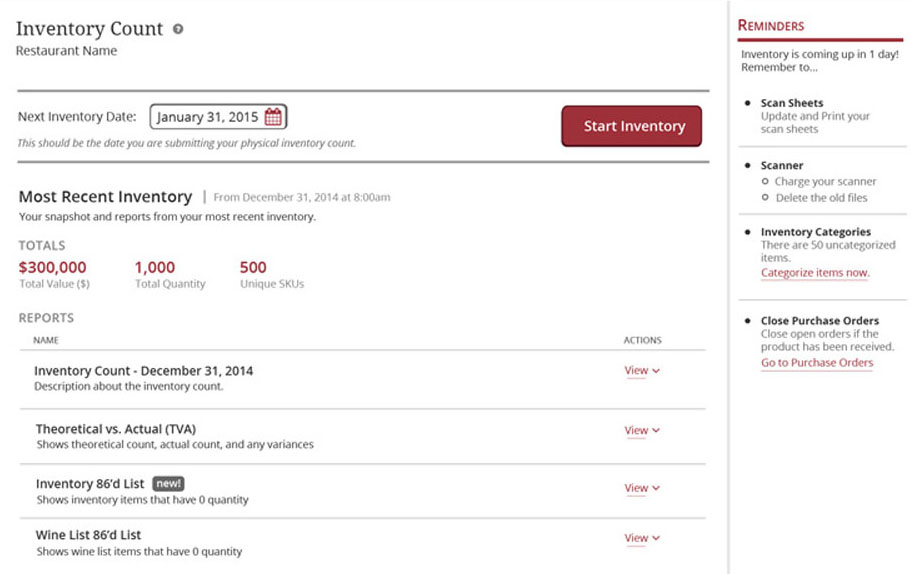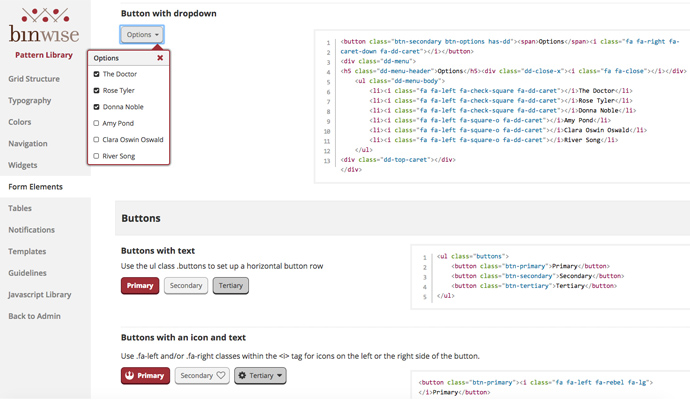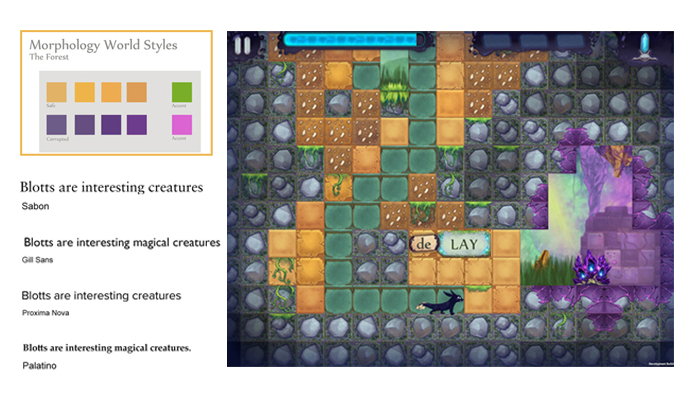To support some of our developers' preferred way of working, we support a Command Line Interface (Terminus) as an alternative way for users to interact with Pantheon tools and their sites. This project was intended to improve the CLI experience, while increasing usage and adoption of Terminus, which we know can lead to more active users on the platform. (Read more)
January 7, 2018 — Comments are off for this post.
Pantheon CLI Manual
January 6, 2018 — Comments are off for this post.
Improving Pantheon’s First Time User Experience
In this project to improve Pantheon's first time user experience (FTUE), we began with user research. Our primary user group are agencies developers building and maintaining sites for clients. We interviewed newly registered users to learn:
- Motivations for trying Pantheon
- Their product experience, especially where they encounter roadblocks.
During interviews, we learned users are motivated to try Pantheon to solve these common problems:
- Setting up the same infrastructure for every new project wastes time and non-billable hours.
March 13, 2016 — Comments are off for this post.
BinWise Feature Concepts
In between work on other features, the team and I also concepted ideas to help with other problems we've observed in the product. These are all highly explorational.
Item Management
We observed during developing and testing features that the product lacks a way of efficiently managing inventory items in one central place. Instead, tools for managing various aspects of your inventory are scattered across several areas. (Read more)
November 5, 2015 — Comments are off for this post.
BinWise Barcodes
When users count inventory, most use a barcode scanner we provide them. The most efficient method for scanning is to use what we call a scansheet, which is a letter-sized sheet of barcodes taped near a rack or bin. In order to help our customers count inventory even more efficiently, we needed to update the interface for generating a scansheet to be more usable and flexible. (Read more)
October 25, 2015 — Comments are off for this post.
BinWise Inventory System
The Inventory system is a critical part of the product that customers use to upload counts (manual or through our barcode scanner) of their inventory on a regular basis, and track their items over time. Through usability testing of the existing system and review of common support tickets, we learned the existing 7-step process was long, overly complicated, doesn't provide guidance, and doesn't help users catch errors. (Read more)
August 21, 2015 — Comments are off for this post.
BinWise User Research
BinWise is a SaaS system for restaurants to manage all aspects of their beverage program - inventory, purchasing, sales, wine lists - in one central place. The team did not have a designer prior to my joining the company, nor any design processes in place. After a few years of developing the product this way, they ended up with a site full of convoluted user flows, confusing and cluttered UI, and inconsistent interactions and visuals. (Read more)
July 17, 2014 — Comments are off for this post.
Sherlock
S.E.C.R.E.T. (Project Codename: Sherlock)
I was the UI Lead on early stages for an immersive game based in the Children's Museum of Houston.
The museum has been infiltrated! Kids enlist in the Special Elite Crime Resolution and Espionage Team (aka S.E.C.R.E.T.) to crack codes, uncover clues and outsmart villains. Agents are assigned missions, and travel throughout the museum to engage with several physical installations. (Read more)
July 6, 2014 — Comments are off for this post.
Inklings: Underground
Junior high students plays as a magical creature, Blott, who lives below ground and needs to repair his home by fixing wrong words and sentences. Through the game, players begin to recognize patterns and word parts to grow language art skills. The overarching goal of the game is to instill a love of reading, writing, and creating stories that extends outside of the classroom. (Read more)
July 5, 2014 — Comments are off for this post.
World of Lexica
Lexica is game on iOS and Android tablets to be distributed in schools and is intended for young teens. The overarching goal of the game is to instill a love of reading, writing, and creating stories that extends outside of the classroom.
As the UI Lead in the first phase of this project, I worked closely with the game designers to iterate on the user experience. (Read more)
© Kim Kiser Ramirez 2020




